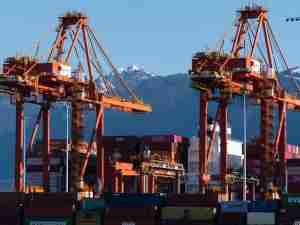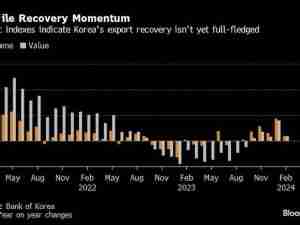Sentiment at Asia’s factories charted another weak month in February amid softening global demand and trade-war jitters.
But there were signs of bottoming too: The Caixin China purchasing managers index rose to 49.9, recovering from its biggest drop since July 2015, even as it stayed below the 50 line that separates contraction and expansion.
“There is a silver lining in that new orders are rebounding, primarily driven by domestic demand,” said Trinh Nguyen, a senior economist at Natixis Asia Ltd. Still, things are looking “ugly” for Asian manufacturers this quarter, she said.
Japan’s PMI dropped to 48.9, its weakest reading since June 2016, while Thailand and Malaysia also worsened. PMI readings for the Philippines and Vietnam also lost ground but remained in expansionary territory, while Indonesia saw a rare increase to 50.1.
Friday’s Caixin PMI contrasts with the official reading Thursday that showed manufacturing activity contracting further.
“It’s better than expected but don’t forget that it’s Lunar New Year,” Hao Hong, chief strategist at Bocom International Holdings Co. in Hong Kong, said to Bloomberg Television on China’s Friday reading. “We’re still not seeing a general recovery.”
Other reports yesterday showed Japanese factory output sank by the most in a year and South Korea’s production barely eked out a gain. Data Friday showed South Korean exports tumbled more than expected in February.
Critical Asian exporters Japan, South Korea, and Singapore all saw shipments sink in January data, with orders to China tanking by double digits in each.
While figures might be a bit distorted given fluctuation in orders around the Chinese New Year holidays, the synchronized downturn is further affirmation of weakness in global demand that’s shown up for months, and particularly an electronics sector that is coming down from a boom.
Trade-war
U.S. tariffs on China and broader trade-war uncertainties also have weighed on Asian economies, with exports data plunging across the region in early 2019 amid dwindling shipments to China, the top trading partner for many of these economies.
Global trade has been ailing as the U.S. and China struggle to find a compromise that would lift tit-for-tat tariffs that have caused collateral damage.
This week saw some relief for investors and businesses as U.S. President Donald Trump deferred a March 1 deadline that would have triggered a batch of new levies on China. The two sides are still tangling on provisions around currency manipulation and enforcement, among other structural issues.
While Trump has suggested planning a “signing ceremony” with Chinese President Xi Jinping, U.S. Trade Representative Robert Lighthizer this week cautioned that it’s too early to tell whether China will concede to U.S. demands for “significant structural changes” to the world’s No. 2 economy.
PMI reports for South Korea and Taiwan are due Monday. South Korea’s gauge has been in contraction since November while Taiwan’s is on a four-month streak of readings below 50.








